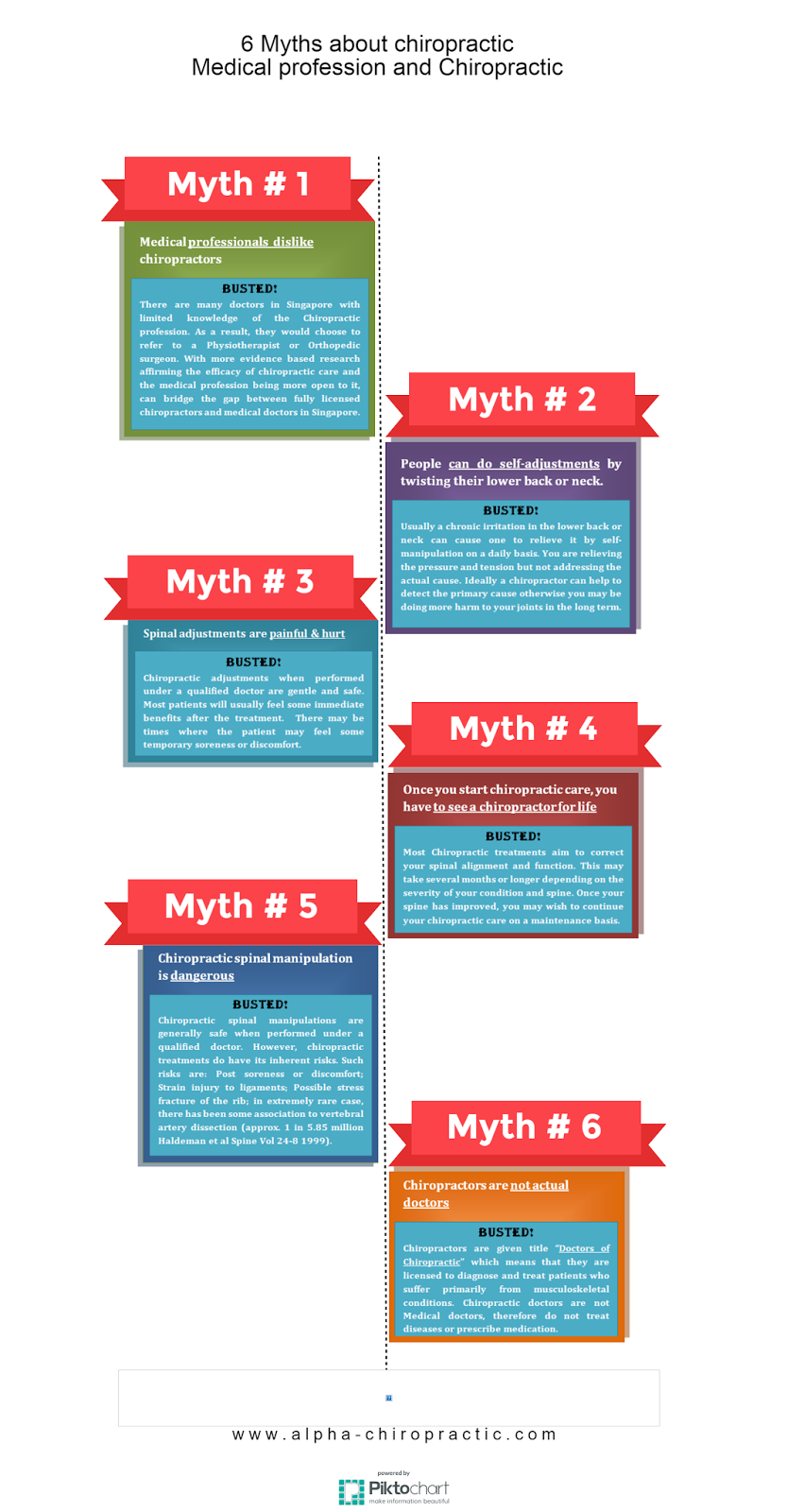Deciphering Back Pain: What It Reveals Regarding Your Health And Typical Symptoms To Expect
Deciphering Back Pain: What It Reveals Regarding Your Health And Typical Symptoms To Expect
Blog Article
Write-Up By-Keller Butcher
If you're experiencing back pain, your body might be attempting to inform you something more than simply pain. The means your back feels can supply valuable clues concerning your overall well-being. Understanding the certain type of discomfort you're really feeling and any accompanying signs is key to untangling the enigma behind your discomfort. Let's explore chinese medicine in chinatown and signs and symptoms associated with various sorts of back pain to shed light on what your body may be signaling.
Types of Back Pain
When it comes to neck and back pain, there are numerous types that you may experience. One common kind is muscle mass discomfort, typically triggered by overuse, pressure, or injury to the muscular tissues and ligaments sustaining the spine. This sort of discomfort can vary from moderate pain to severe and debilitating discomfort.
One more type is nerve pain, which can result from conditions like herniated discs or sciatica. Nerve pain often presents as a sharp, shooting feeling that radiates down the leg.
Joint pain in the back can stem from issues like arthritis or sacroiliac joint disorder. This type of discomfort is commonly felt in the lower back and can be intensified by certain movements.
Additionally, neck and back pain can be connected to architectural problems such as back constriction or vertebral cracks. Recognizing the type of neck and back pain you're experiencing is important in identifying the proper therapy and monitoring techniques.
Common Effects to Look For
Relocating past the different types of back pain, it is very important to identify the typical symptoms that can signify underlying concerns.
Persistent neck and back pain that gets worse with motion or in the evening could show a much more major problem. chiropractic adjustment near me and needles or tingling in the legs or feet, specifically when accompanied by weakness, might indicate a nerve-related issue. If you experience sudden weight-loss together with back pain, maybe an indicator of a more systemic condition.
Focus on any type of modifications in bladder or digestive tract function, as this could be connected to spine compression. High temperature, chills, or night sweats combined with neck and back pain may signify an infection. Watch out for discomfort that emits down one or both legs, possibly a measure of sciatica.
Health Issues Linked to Neck And Back Pain
If you struggle with neck and back pain, it's vital to recognize the prospective health and wellness conditions linked to this discomfort. Back pain can be a signs and symptom of numerous underlying issues, consisting of muscle pressures, herniated discs, osteoarthritis, spinal stenosis, and also problems like kidney rocks or infections.
Muscular tissue strains prevail and frequently arise from lifting heavy objects or sudden activities.
Herniated discs occur when the soft tissue in between vertebrae protrudes, creating nerve irritation.
Osteoarthritis, a degenerative joint illness, can result in neck and back pain as cartilage wears down.
Spinal stenosis, the constricting of the spinal canal, can put pressure on nerves.
simply click the next internet site might create extreme pain in the back if they relocate into the urinary tract.
Infections like back osteomyelitis can also show up as back pain. Comprehending Continue Reading and wellness problems can aid you seek suitable medical care and administration for your neck and back pain.
Final thought
So, next time your back hurts, take note of the sort of pain and going along with symptoms. It could be a signal from your body about underlying health and wellness problems like muscle stress, nerve concerns, joint issues, or even structural problems. By acknowledging these signs, you can take aggressive steps to deal with the root cause of your back pain and improve your general health and wellness.
